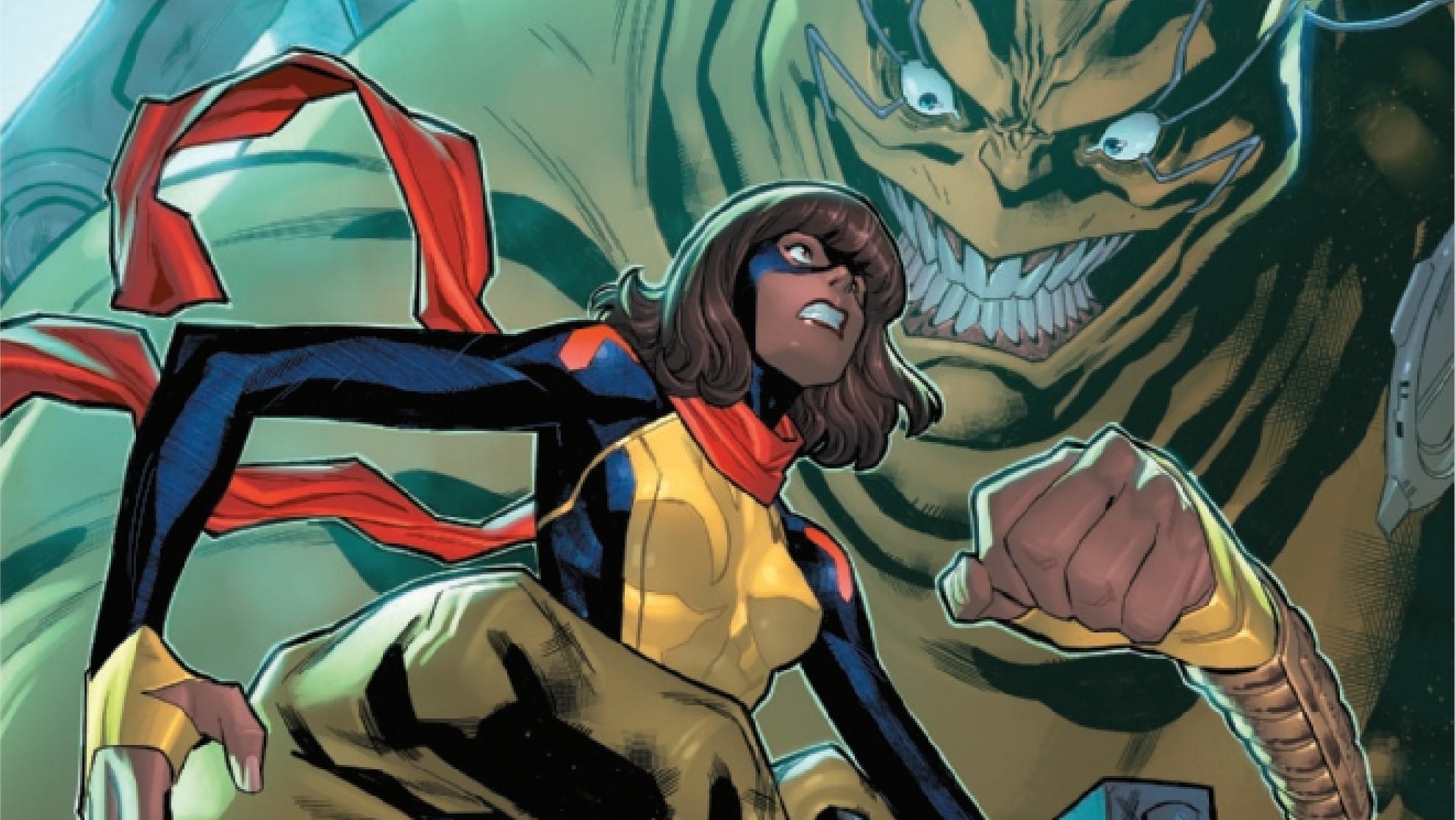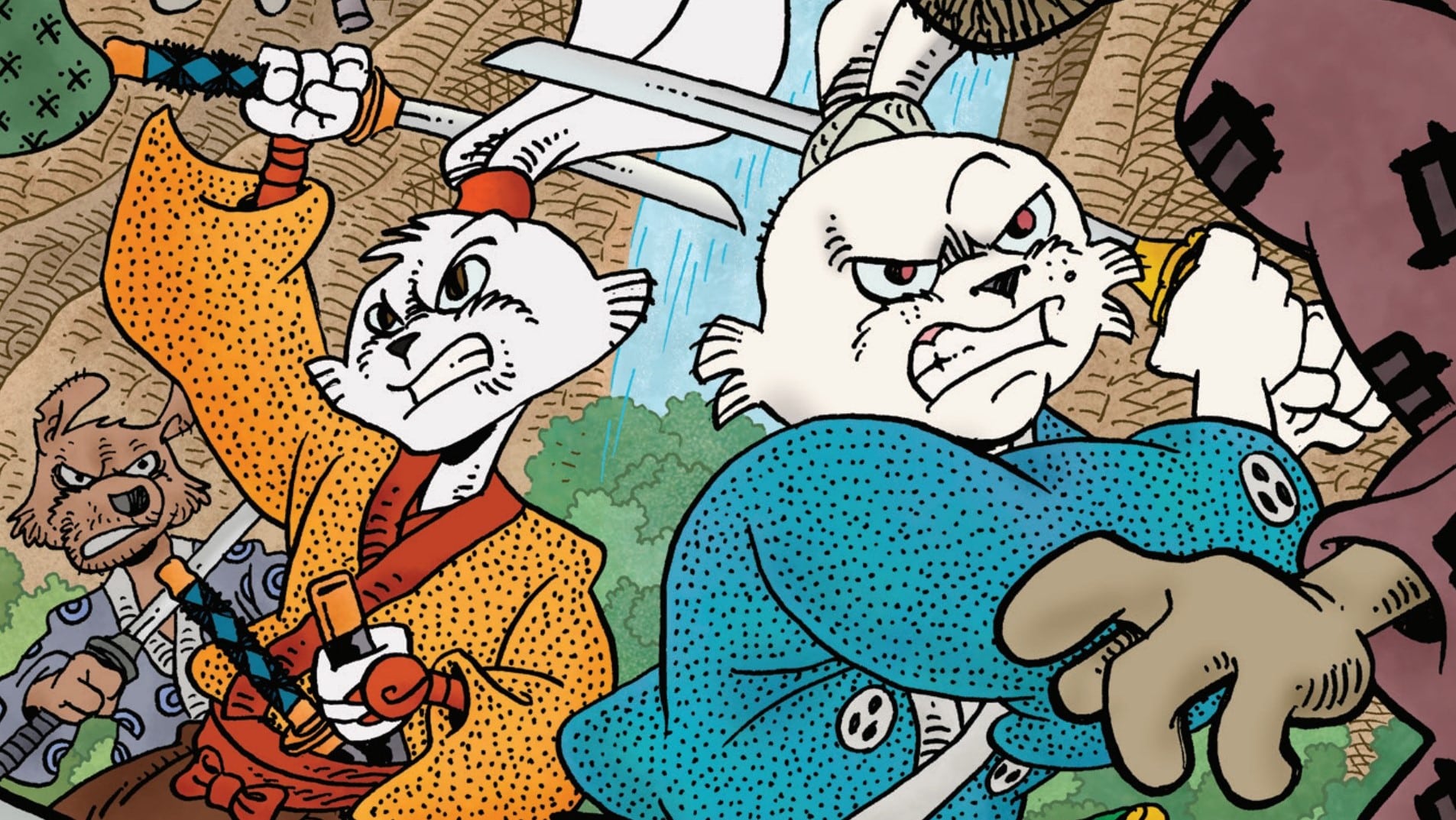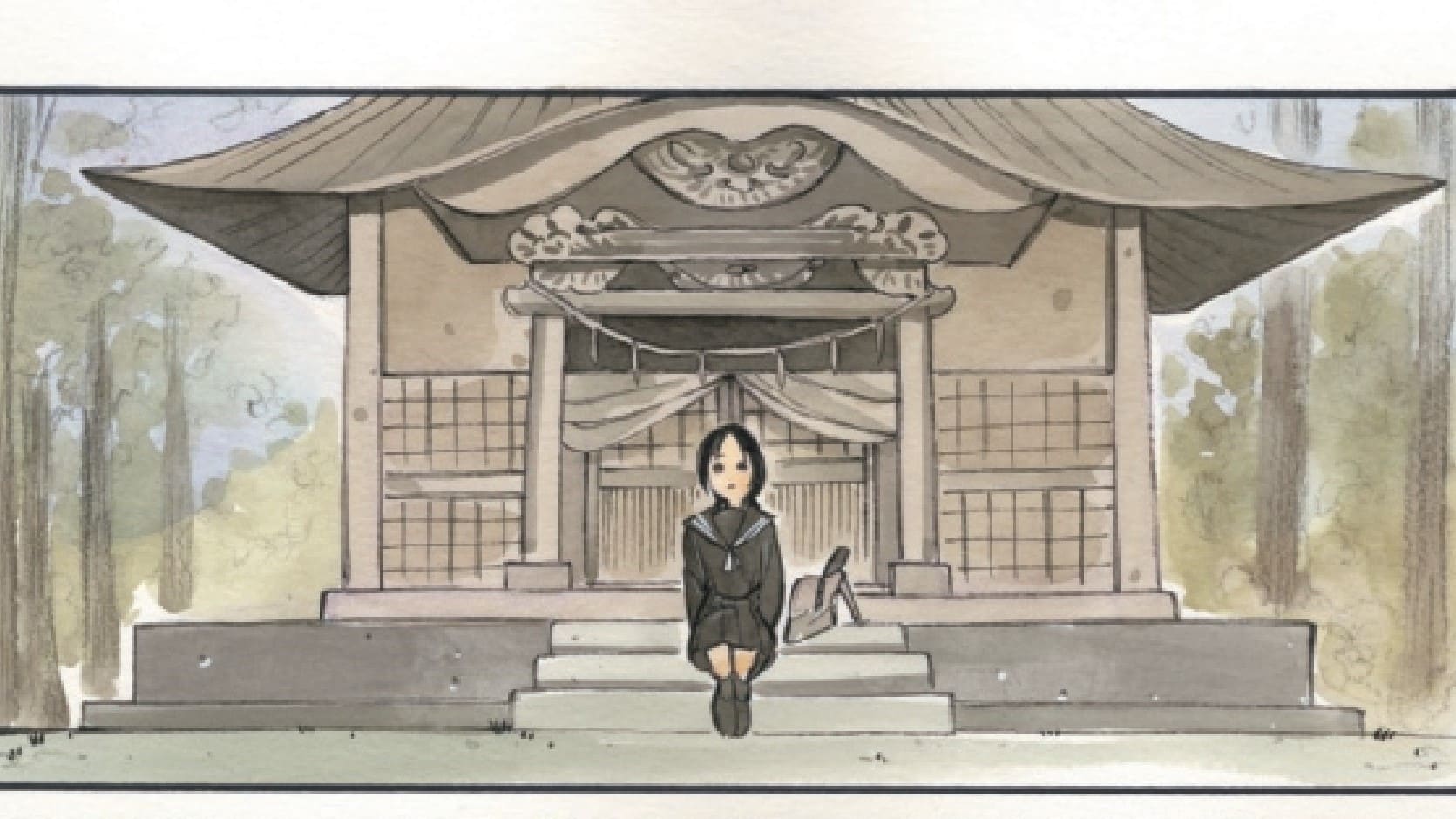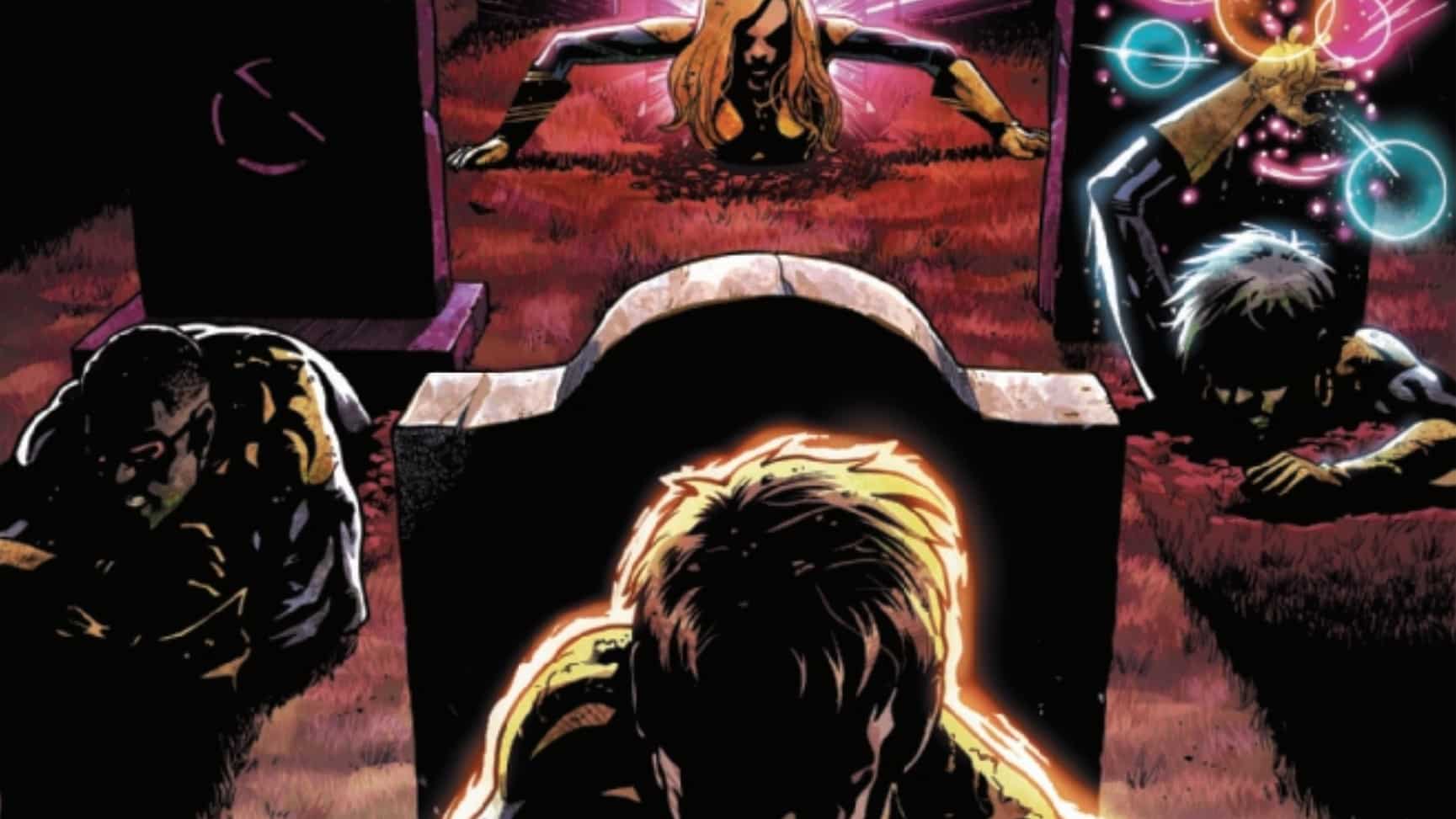Ol’ Shellhead returns and Justin brings a friend to our coverage of Iron Man #10! In a special TOX Edition of CXF’s Iron Man reviews, Justin attempts to reason with the person responsible for this very column in the first place! Writer/Editor/Handsome Lad ZACHARY JENKINS! Join the iron-lads as they discuss the finer points of Iron Man #10. Written by Christopher Cantwell. Drawn by CAFU. Colored by Frank D’Armata. Lettered by Joe Caramagna.
Justin Partridge: “What’s this?!” I hear you shout. “A TOX article?! Justin usually screams about Iron Man alone!”
To which I say, “STOP USING THE INTERNET, DAD.” and that this is something I have been truly looking forward to for a while now. Just a few days before I became Chief Iron Man Correspondent here at the CXF HQ, I had a conversation with today’s guest. I mentioned how I had been enjoying Iron Man. That it had quickly become a “must read” title for me.
My guest asked if I was being sarcastic. When I revealed I wasn’t, my guest today, the wonderful and truly funny Zachary Jenkins, wondered aloud if I was maybe ill. Or engaged in some sort of long-form comedy bit.
This then further led to a pitch. Once Tony returned to the title, which he has now done in #10, we would engage in a Point/Counterpoint style discussion. Trying to weigh the merits of the title from both sides of the fence, both for our own enrichment and for the entertainment of the dozen of you that read this. I have been BREATHLESSLY awaiting the day since.
Tell me, Zachary, just how much are you regretting this decision now?
Zachary Jenkins: Listen. I never regret anything. I just believe, at my core, that comics should be better and to do that, we must understand bad comics. We have to study them. We have to share with others why their opinion on a work is wrong and guide them into opinions that are good and correct. To wit, I am the pessimist to your optimist, the Anton Ego to your little rat in the kitchen. You bring the comics, and I’ll bring the perspective.
Justin: I have never been more excited to be called a “rat” in my life. LET’S GET INTO IT.
[Ed Note: The following contest is scheduled for one fall!]
Point: Iron Man is Good.

Justin: So, since I am starting in the affirmative, I will just flatly state here at the top. Iron Man #10 continues to appreciate the series for me.
Just a bit of a recap for newbies here, Iron Man #10 returns Tony Stark to the title after a short absence. A few issues ago, in pursuit of Korvac with his ad-hoc Not Avengers team, Tony was blasted away from his Greendale Study Group of super-people and marooned on an alien world. Now, here in issue #10, we finally catch up with Tony, six days after his marooning, who is trying to eke out some kind of existence. Alongside the rest of the planet’s refugees in a remote village surrounded by wild Ultimos.
Just that phrase alone, “wild Ultimos”, is fun stuff, but I think further Iron Man #10 illustrates Chris Cantwell’s take on Tony. A man who tries to stay grounded in a universe filled with insanity. Here we see him first trying to “work the problem”. He is stranded, lightyears from populated space, still largely dependent on his armor (more on that later). So naturally, he tries to get back to what got him out of the cave. He gathers raw materials, modifies his own hardware, and attempts to find some way to be the founding Avenger we know him to be.
But as his new agrarian setting starts to grow on him and his own constitution starts to wane, he starts to redirect. Attempting to be just the man UNDERNEATH the armor again. Responding to his stasis with a regression into old, self-destructive habits. Grounding himself in selfishness because how the hell else is he going to live out the rest of his days on some barren rock?
While I think it skirts the line of callousness, I do still think #10 keeps Cantwell’s take firmly in play. And trying to push Comic Book Tony into interesting places beyond just another wooden Robert Downey Jr. impression (which this run, thank christ, seems to be largely uninterested in doing).
I have talked plenty so far. Is there anything about this that worked for you, Zachary? Maybe the shoutout to Marvel Fanfare #44? I mean, c’mon, who doesn’t love Marvel Fanfare?!
Zack: I’ve taken issue with Cantwell’s Iron Man in the past and my issue is that comics shouldn’t be sleep aids. I see where you are coming from with his take on Tony, I think it’s valid and I agree he isn’t trying to channel any Robert Downey Jr. It’s the creative decision of a man who loves 70s Marvel comics. And listen, I run a comic book website, I love trash so while we may enjoy different garbage, I am in synch with Cantwell’s adoration for refuse. However, the only reason we even have a Robert Downey Jr. Iron Man to channel is because no one in their right minds enjoyed Iron Man before 2008.
Trying to keep things positive in this section though, so let me divert back to what I think does work here. Iron Man being marooned makes sense as a beat. It’s the same impetus that Iron Man 3 used when it spent most of the movie with his armor being broken. If your hero is reliant on one thing, how do they react when it is taken from them? What’s the intrinsic element of their personality that allows them to be the hero?
This isn’t novel by any means, it’s why you have Tony losing his personal fortune in every odd numbered run of the book, but it’s an effective trope. Cantwell wants us to understand that, under all this, Tony’s self-assuredness that he can fix things, and his ingenuity that makes it so, is why he works as a character.
I also applaud Cantwell, and the Marvel higher-ups supporting him, for telling a long form tale. This is a bit of a rarity in comics today, where things need to fit into neat, standard length, trade paperbacks. Cantwell is taking diversions from the overarching plot character driven stories about Hellcat, Korvac and now Tony. It pulls from his TV roots where a season might have self-contained episodes intermixed with an ongoing plot.
Some people, people who use the word “lore” when describing exposition, might call this filler, but I see that as incredibly reductive. Investment in the plot cannot exist without investment in characters. I need to understand why something matters far more than I need to know how Thanos got Infinity Gem 4/6.
And while I’m on the positive train, props to CAFU for their detailed and lush work. When the action ramps up near the end of the issue, they make sure it has an impact. Frank D’Armata colors this with muted tones that help evoke the isolation Tony is feeling. However, it’s not exactly a dream job to draw page after page of talking heads when the lead can’t emote.
So I understand what is happening here. I agree on why it is happening here. My thoughts aren’t to dispute that. I simply think it is done bad.
Justin: Well, just to slightly disagree with your “Nobody liked Tony before 2008”, you are talking to the person who pulled every issue of Iron Man: Director of SHIELD and only is missing a little under a dozen issues of Matt Fraction’s Invincible Iron Man (one of my favorite comic runs of all time do NOT @ me), so Tony was absolutely in my heart before RDJ. But I’m a freak and don’t wish for anybody to ever follow my example ever.
But, in general. I absolutely DO see your point and I am glad you brought up the “episodic” feeling of this volume. As I think it’s something that had both harmed and helped the volume. I think it’s HELPED for sure because, like you said, we are able to focus on particular members of the new cast without having to make EVERY single issue a Tony-centered one. But it’s absolutely also harmed it because it makes the issues feel slightly jumbled. A feeling that has only been exacerbated by this slightly scattered story layout once we got to space.
Though we started as a whole ensemble (another of the volume’s boons, I think), Cantwell quickly broke up the cast as soon as we got them all together. Sure, that let’s him focus deeper on Patsy and Korvac and now Tony, but I will admit that it does keep it from being as steady narratively as it could be.
CAFU absolutely DOES rule though. I wish he would get just maybe a bit more to do in these issues, but his Iron Man armor always looks so great and it’s still a treat every time we get a really striking “hero shot” of it. I also kinda love the 70s-ness of this run!
You can clearly tell that that era is Cantwell’s big section of interest (as it was most likely the books he was reading when he was coming up), so he’s tried to filter that through this longer form narrative. Has it always been super successful? Not really, but at the very least, also like you said, it’s trying to get the book into someplace other than “Just parrot some zingers and make Tony fight Iron Monger again”.
Okay, so here is the REAL question. If this Iron Man run was, to you, a “perfect” Iron Man run, what would that look/read like?
Zack: People keep asking me these questions like I know how to write good fiction. I can hardly write readable essays. For me, a good Iron Man is like good bread, I’ll know it when I taste it.
Justin: IN that case, I have some recipes I’ll send you after we finish up here.
Counterpoint: Iron Man is Bad.

Justin: Zachary, I am going to cede a lot of this section to you, but I did want to ask something specific here at the top. We have talked a little bit behind the scenes (#humblebrag) about your frustrations with the series, but what specifically about this run turns you off of it?
Zack: Like you mentioned earlier, this run is a love letter to Marvel in the 70s. It’s in the spirit of Steve Engelhardt, Jim Shooter, Roy Thomas or Roger Stern, the guys who, unlike the Silver Age yeomen behind the Marvel Universe, loved this stuff. It wasn’t like Stan Lee who was just happy to finally have some success, these were fanatics who were getting their shot at playing with their favorite toys.
I’d make a bold statement and say that it’s also the worst decade in Marvel’s history. You could make a counter argument for the 00s where they balanced mature storytelling with “mature” storytelling or the 90s where excess was followed by doing everything they could just to keep the lights on, but no, I think it’s the 70s.
It’s a generation who couldn’t match the novelty of the 60s and hadn’t quite yet learned how to actually write dialogue that sounded like something that came from the mouth of a human. They took their toys and smashed them together. And that’s what Cantwell brings to this title. It’s a borning, ponderous story that might not need continuity, but won’t really matter unless you care about the Korvac Saga.
Take this issue for example. We find out that Stark is marooned in an intergalactic commune, named for an Apocalyptic biblical reference, led by none other than Stilt-Man. This is treated as deadly serious.
Now, I am not one who says we can’t take comics seriously. Even Marvel books can say something about the human condition. I, however, find it very hard to understand what a book is going for when I see a Merlin looking Stilt-Man walking around and no one is commenting that he’s Stilt-Man. He wears the guilt of a man who did real crimes and not ones that could only be accomplished on stilts. It’s a jarring dissonance when Cantwell is writing a deeply self-serious book and Stilt-Man is there just pretending like he wasn’t a joke his entire life.
This tonal issue is something I’ve struggled with throughout Cantwell’s entire run. He loves comics in the same way many of us love comics. The deeply stupid stuff like Stilt-Man or the legion of losers Tony recruits calls to him, he wants everyone to know that he cares about this like a fan does. At the same time, he wants to tell a gritty AMC drama.
There has been debate between you and I, Justin, about just how in on the joke he is. A pal of ours posited that this dissonance makes the book very, very funny to him and that Cantwell knows what he is doing. I struggle to give credit to a team for something that feels “so bad it’s good”. And heck, I’m blaming Cantwell for all this without knowing who did what where on this book. That’s probably not fair.
There’s just a point where an Ultimo vores a Kree Centurion, inspiring Tony to use that unibeam he never uses anymore, you know, the one he used in the 70s, to save the day and declare that after less than 48 hours, his place is here with the people and not back in civilization. And I read this and wonder why anyone would take a gag from Tropic Thunder and try to play it straight. It ends up confusing and utterly boring.
Justin: And see, here I think is where I REALLY disagree. Because while I DO really think that Cantwell has a plan and has a specific direction he is pointing this book in, I don’t think “being silly” is a part of this goal. I just think he has a broader, more theatrical take on Tony. Largely informed, like you said, by 70s Marvel.
I will agree, however, that I think this issue in particular is very tonally off. Usually the “comedy” of the volume is focused on turn of phrases or maybe just a wry exchange between the leads (Tony and Patsy’s relationship in particular very much reminds me of Joe McMillan and Cameron Howe’s flinty, but genuinely warm connection in Halt and Catch Fire). So to have full on comedic set pieces like the Stilt-Man reveal and the Ultimo chomp does undercut this issue, for sure.
The Unibeam gag, however, is something that I’ve noticed in a LOT of modern Iron Man though. Slott did this a bunch too, it’s like they all make Tony forget he HAS a Unibeam until he really needs to use it. Maybe that’s an editorial thing since it’s become kinda OP in the Marvel canon but I can’t lie and say I DON’T love it when Tony finally Unibeams some schmuck after a few panels.
BUUUUUUTTTT, that said, I didn’t see anything here in #10 that has derailed my enjoyment of the issue. To me, much of this stuff just keeps Cantwell’s take compelling for me. Tony is a man stuck in a world that is insane and he has to keep treating it like a “job” because that’s just the work. Somedays you get to punch the Crimson Dynamo in the face and the others you are shot halfway across the galaxy with no way to get home. That doesn’t mean Tony’s “work” stops, it just means it gets weirder.
THIS, I think, is where the real 70s flavor comes into it. Just a group of weirdos that have to do impossible things, every time they “punch a clock”. Tony has to take it seriously, because if he doesn’t, he’s just a scab in armor that doesn’t contribute. I find that really interesting, honestly. That he keeps trying to assess impossible situations like Korvac and the Ultimos like they were just TPS reports.
Some could totally interpret this as absurd though. Because it absolutely is! But I don’t think Tony (or Cantwell) really think so, because if they did, the title would lose a lot of power. Or at least be the hokey comic that a lot of detractors (but never YOU, Zachary) say it is.
THE ONE THING that does come kind of close to wavering my excitement for the title though, is this issue’s reveal that Tony might be backsliding a bit. Again, for the un-ironed amongst you, Tony is operating now with a severed spine. His armor and helmet being the only things, literally, keeping his body together. He was injured in the title’s first spat with Korvac and Tony was later “spot-welded” back together by Rhodey and Patsy.
Here in #10, however, Cantwell reveals further that Rhodey hooked up a time-released drip of morphine into the suit to help Tony mitigate some of his pain. And now that he’s separated from his team, it might only be a matter of time before Tony’s demons take hold once again and make him hack the time release. “It wouldn’t even be hard.” he listly says at one point in the issue.
Like you said earlier about making Tony broke, this is also a well that a LOT of people try to go to when they write Tony. Matt Fraction did it during the Fear Itself tie-ins. Slott did an entire arc on it, throwing the armor’s biometric data all over the kitchen for the public to see in “Stark Resilient”. And loads of other creatives have tipped this back even before them.
It’s…fine, I guess? It’s certainly a very dramatic turn to have in the middle of this issue (again contributing to the tonal jumble of #10), but in execution, I felt myself slightly let down that Cantwell would want to go here. It isn’t like he CAN’T handle stories of addiction. Hell, Halt and Catch Fire has two truly wonderful and affective arcs about characters in the throes of substance abuse. It just feels like maybe one too many things to be introducing RIGHT when we get Tony back.
Closing Arguments

Justin: Obviously, I am not going to change Zachary’s mind on Iron Man, but I think this discussion is worth having all the same! Part of the joy of working in comics, at least for me, is seeing how people react to certain books and interpret their texts, in their own ways. Zachary has clearly thought about this a bunch and even if I might disagree with some of his points, it doesn’t make ME like the book any less. Nor does it make me like ZACHARY any less!
It just means that we, as a community, have stances all our own! It’s why I was a reader of CXF even before I was a contributor here. I get to read all manner of dissenting opinions on a wide variety of books, all of which informed my OWN opinions on them. That is the kind of stuff I truly do live for. Both as a writer myself and a reader.
I also think, and this might be the more pie-eyed, optimistic rube that I am, that this is how you GET better comics. You and your friends read them all and you parse through what works for you and what doesn’t and then you write a piece about it. Which then gets put into the ether and is either internalized or rejected.
Either way, someone is reading it and, if intentional or not, those pieces get considered once the next issue starts production. I know we don’t have “direct control” over what shows up in the comics (nor should we, until we like actually get hired by a company eventually). But these discussions still matter all the same. Even if the people having said discussions differ on the final results.
Not bad for a common kitchen rat, yes? But you do get what I am saying here, right Zachary? Like I am not just rambling here?
Zack: Oh I agree with you here. I’m mean in reviews. I know this. But my analytical brain loves to break things down to understand them. I think you learn a lot more from bad comics than mediocre ones. It’s important to be able to pinpoint why something doesn’t work. It’s also important to listen to why people, who’s taste you respect, enjoy something that you can’t stand. This didn’t change my opinion on this book, but I’m very glad I got to write about this with you Justin.
Justin: GOD, SAME! This absolutely was worth the wait and I truly cannot wait until we can do it again. I wouldn’t subject you to a full TOX on Ol’ Shellhead, but maybe in ten more issues we can do this again! You can call me another rodent and I’ll keep being dumb! I’m already so excited again
Marvelous Musings
- For the record, I have not read Marvel Fanfare #44 and I never plan to
- Justin HAS and it’s very fun. The wheel continues to spin.
- Thank you again so, so much to Zachary for Talkin’ Iron. It was absolutely worth the wait.
- Next Time! Stilt-Man! Hell Yeah!
Zachary Jenkins co-hosts the podcast Battle of the Atom and is the former editor-in-chief of ComicsXF. Shocking everyone, he has a full and vibrant life outside all this.






